In the last two posts I have reported on the scientific sessions of the Fucino15 conference and on the first of the field trips. This post is about the L’Aquila field trip. I haven’t been to this city before and I was curious to see the place that sadly became so famous in earthquake science. I was surprised by how many heavily damaged buildings were still standing and by the overwhelming amount of historical buildings that await their reconstruction. We were given a great tour through the Palazzo Ardinghelli which is currently being rebuilt, then we had a look at the worst-affected parts of the city. Here’s a report in images.
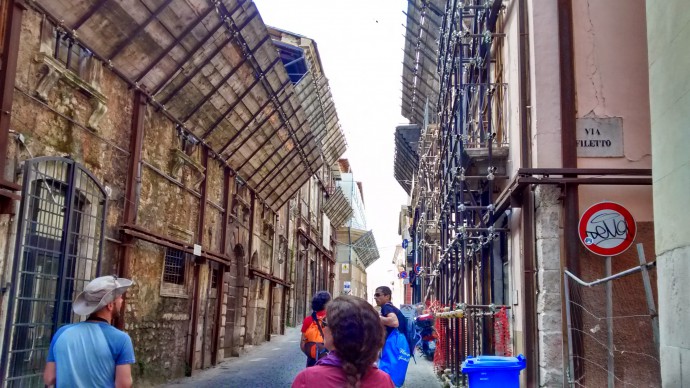
The old and beautiful buildings in L’Aquila have intense earthquake damage and are stabilized to prevent further decay.
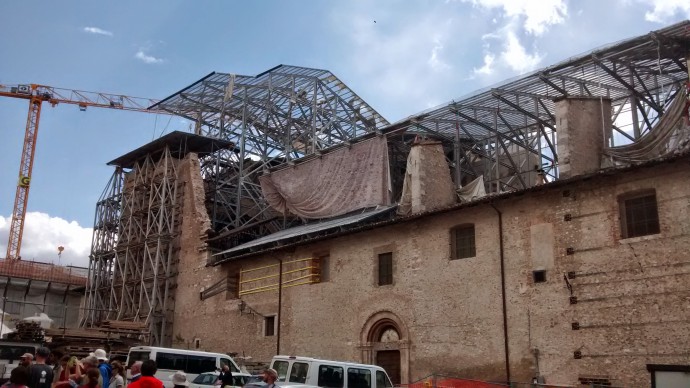
The damaged Chiesa Santa Maria Paganica .
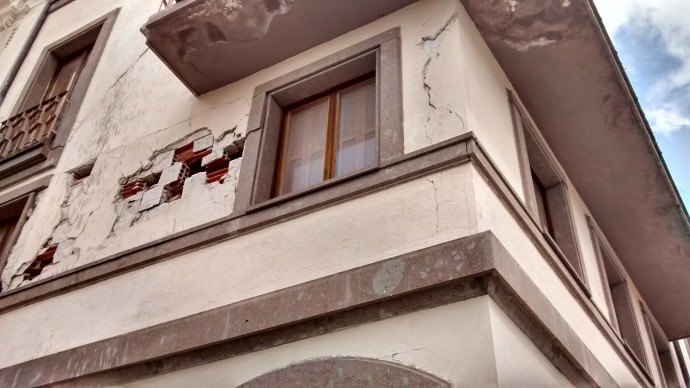
Earthquake archaeological effects.
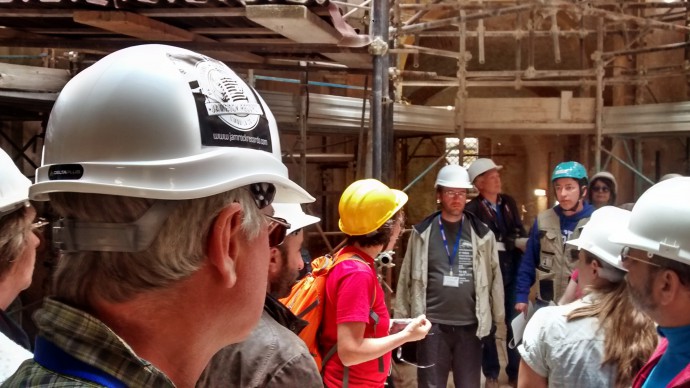
Inside the Palazzo Ardinghelli, getting to know about the reconstruction works.
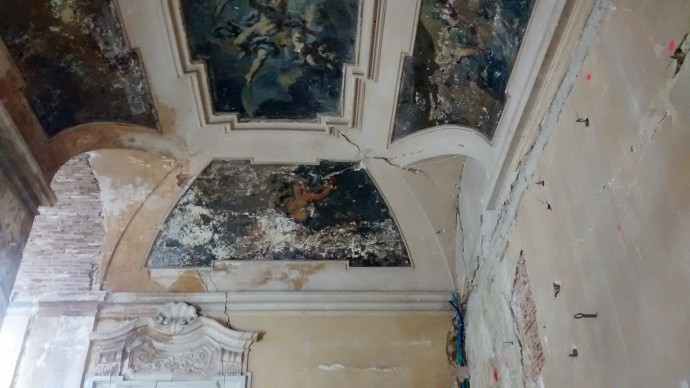
Damaged ceilings in the Palazzo Ardinghelli.
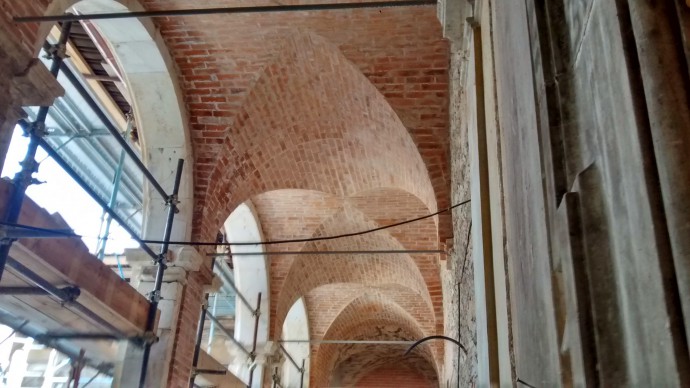
Restoration is making good progress in the Palazzo Ardinghelli.
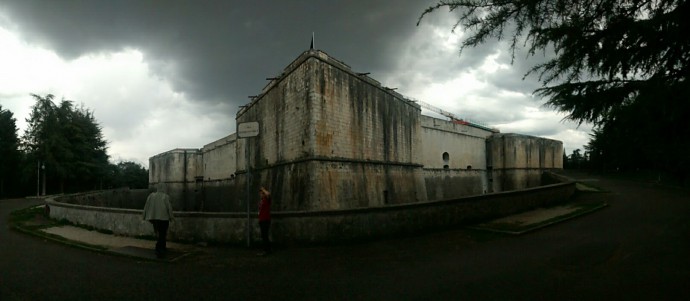
The Spanish Fortress – Forte Spagnolo was also damaged in 2009. Probably not the most-loved building in L’Aquila.
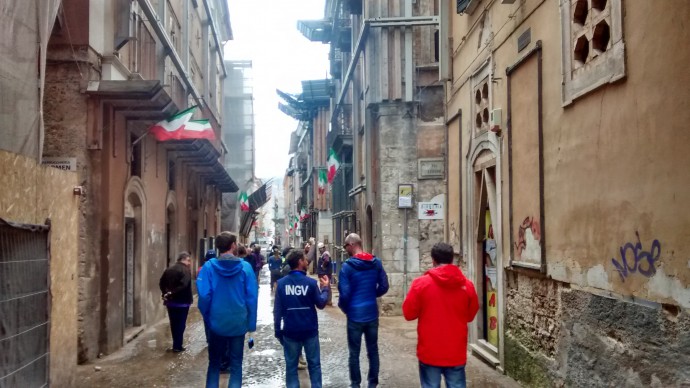
The earthquake damage is visible everywhere in the city.
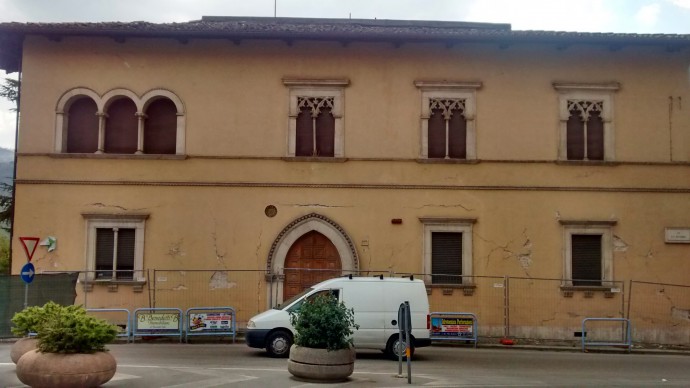
An interesting EAE – note the horizontal offset in the vertical support of the window above the door. Well, it’s an EAE only if it hasn’t been there before the earthquake…
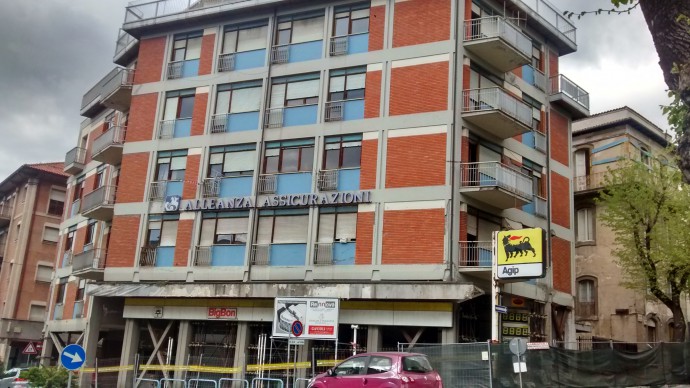
Heavy damage seen in modern buildings.
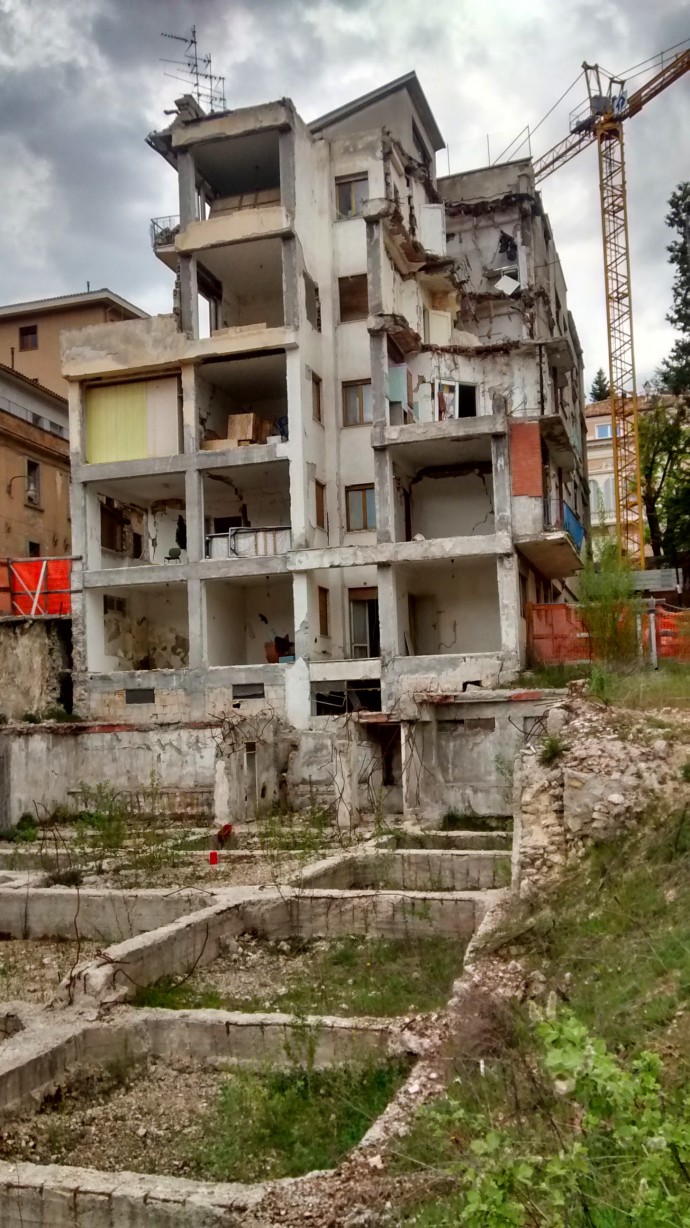
One of the collapsed multi-storey houses.
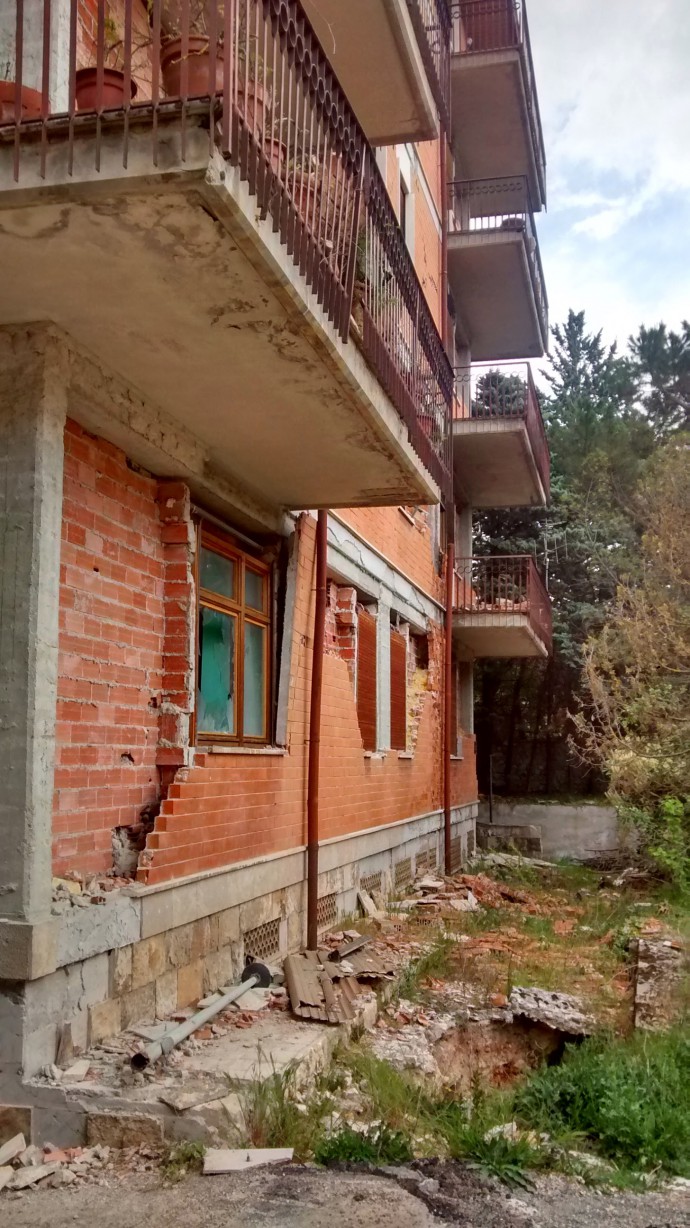
Strange damage patterns.
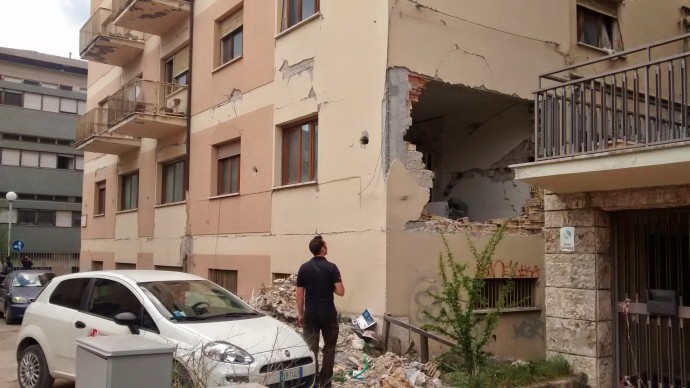
Heavy damage to modern buildings.

Will this ever be rebuilt?
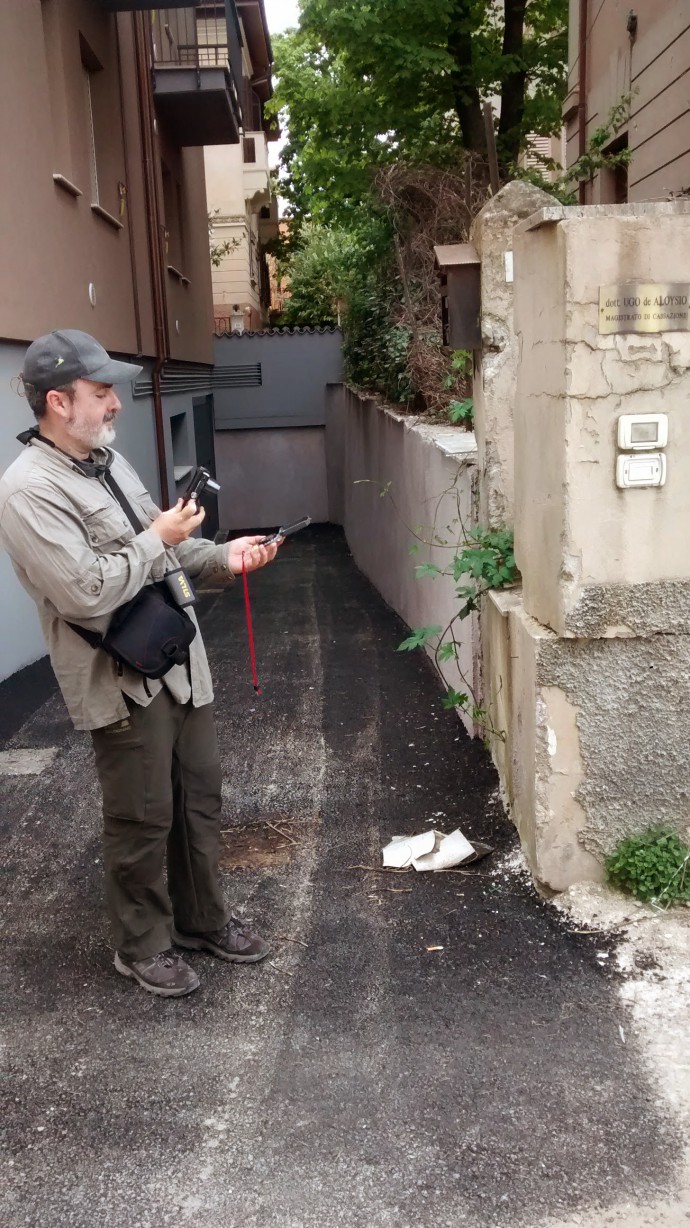
Team Spain is mapping EAEs.
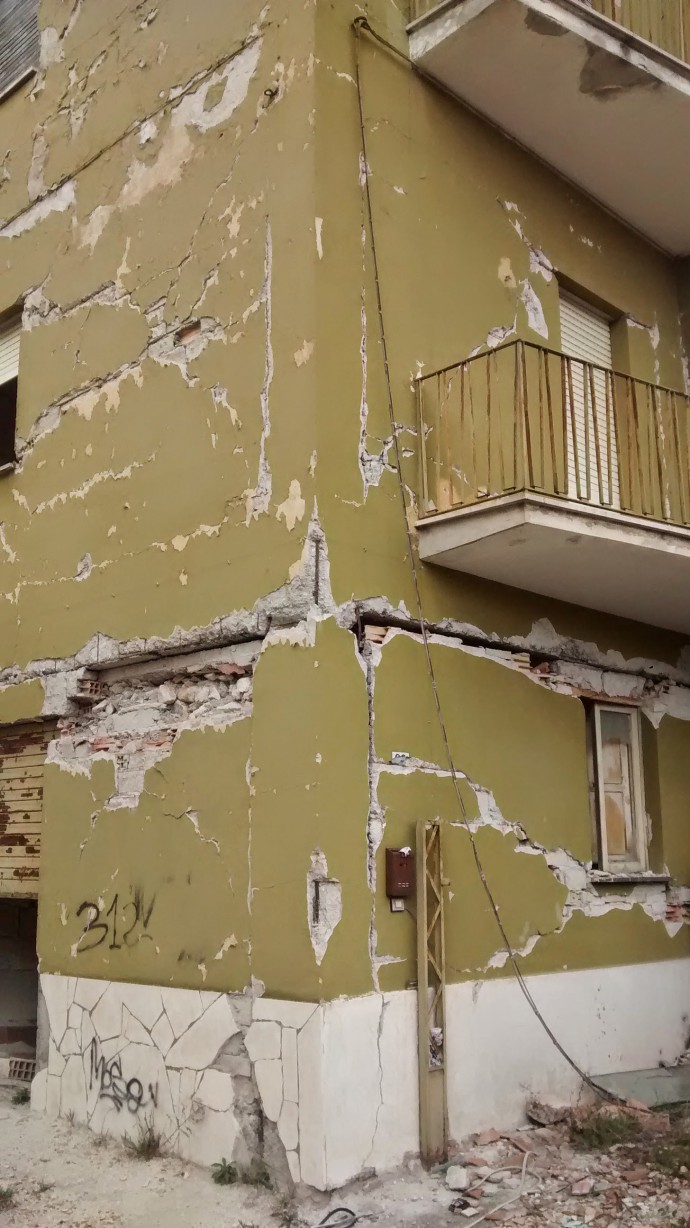
Heavy damage.
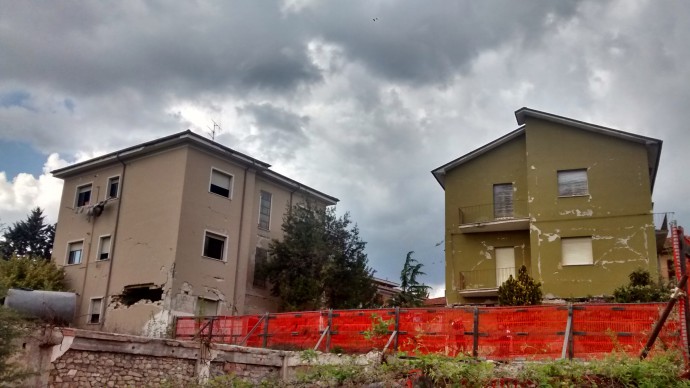
Heavy damage.
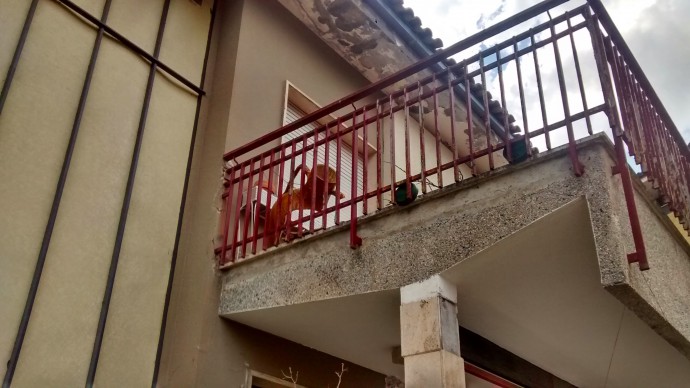
The houses have been left right after the earthquake and it is scary to see a ‘frozen’ impression of the morning of the event six years ago.
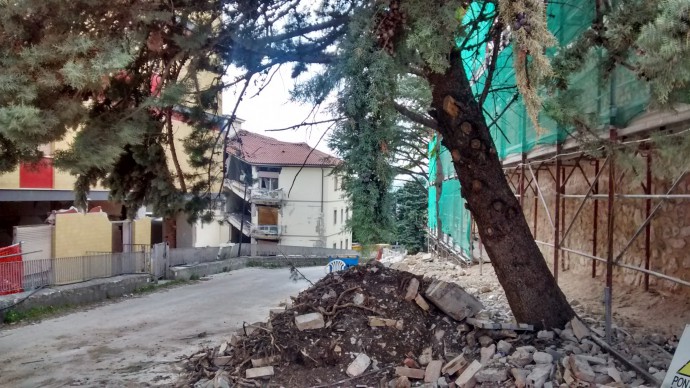
This house partially collapsed.
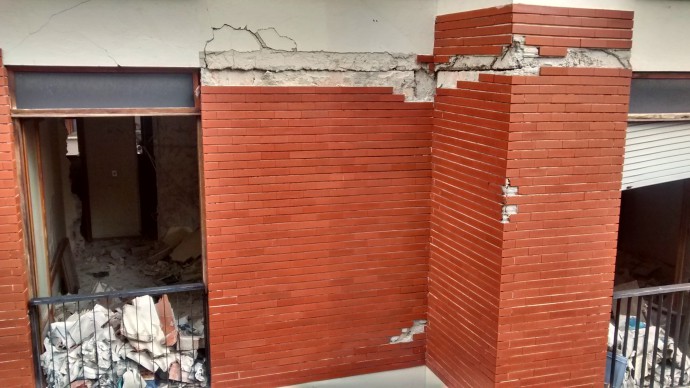
Structural damage.
You can download the field trips guides here:
Pre-congress field trip to Rome (PDF, 6 MB)
Post-congress field trip to Fucino Basin, L’Aquila (PDF, 75 MB).
Download the abstract volume here: Miscallanea INGV.
You may cite the abstract volume as:
- Blumetti, A.M., Cinti, F., De Martini, P., Galadini, F., Guerrieri, L., Michetti, A.M., Pantosti, D., Vittori, E. (eds.) 2015. 6th International Inqua Meeting on Paleoseismology, Active Tectonics and Archaeoseismology, 19-24 April 2015, Pescina, Fucino Basin, Italy. Miscallenea INGV 27



No Comments
No comments yet.